Iris Companion Plants: What To Grow With Iris For Vibrant Floral Displays
Get the most out of your garden by choosing the right companion plants for irises. Accentuate and contrast iris blooms for the most attractive garden yet.
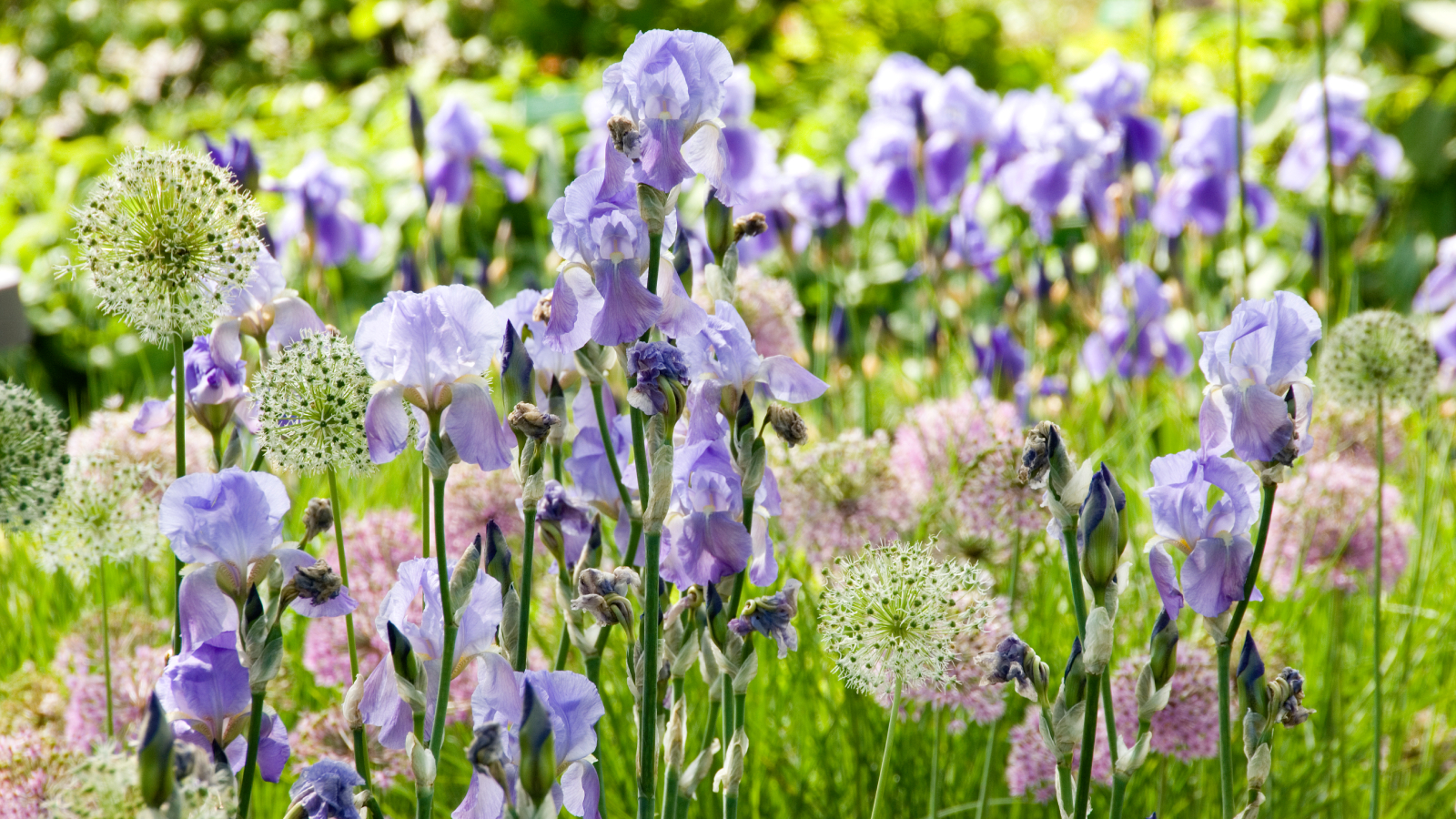

Irises are beautiful spring flowers that add dramatic color and height to perennial beds. They’re also easy to grow in the right conditions, which include full or partial sun and moist soil with good drainage. The only issue with growing irises is that once the blooms fade, you’re left with shabby-looking foliage.
Don’t remove the foliage, as the plant needs it to store energy for next year. Instead, use thoughtful companion plants for irises to ensure additional summer flowers in the bed. You can use early spring flowers for the season’s first blooms, followed by irises, and then summer bloomers when considering what grows well with irises.
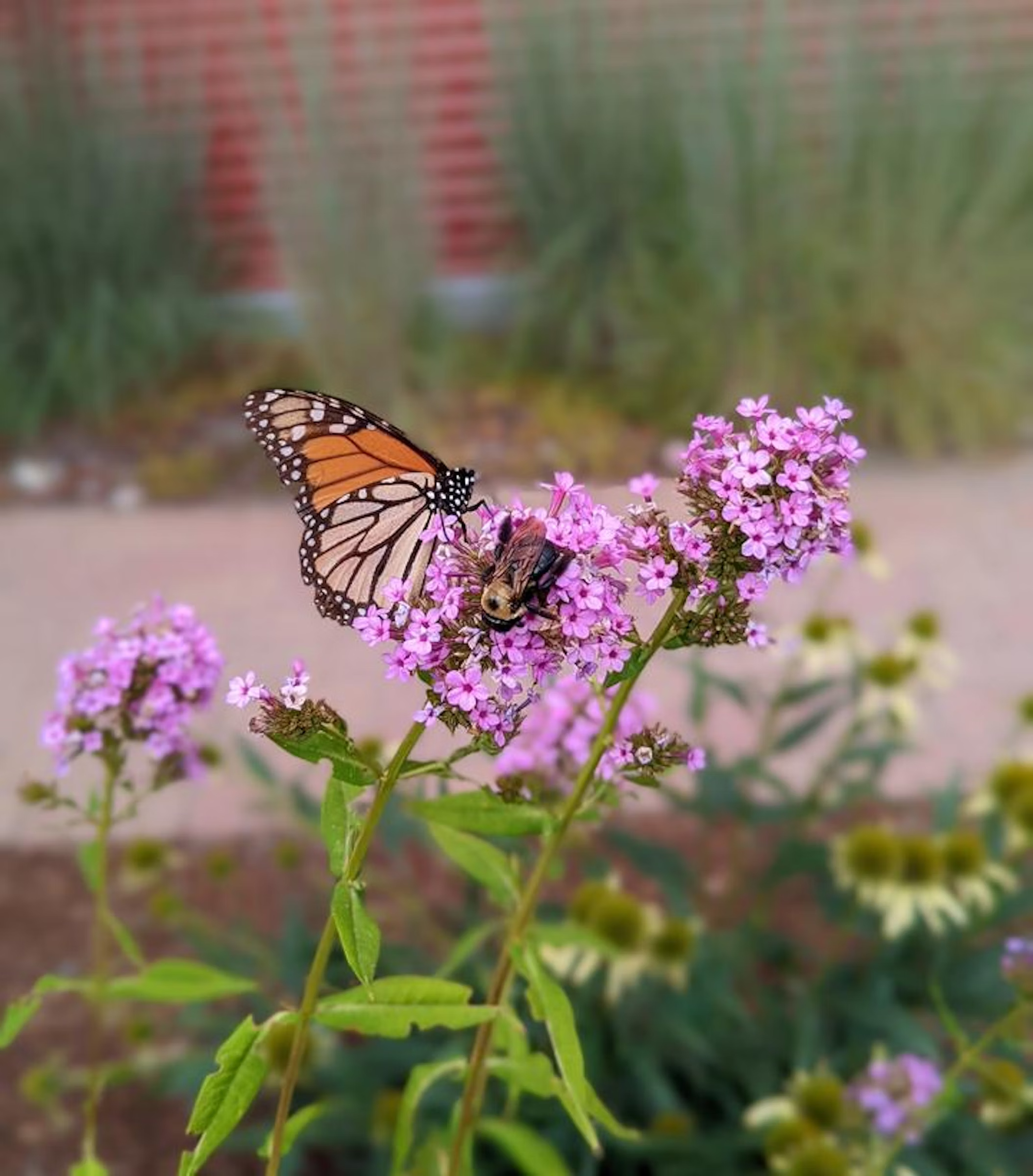
Sweetly scented, lavender-pink flowers that attract pollinators and complement your irises. Find this gorgeous variety in the Gardening Know How Shop.
7 Best Iris Companion Plants
When selecting plants for this purpose, choose what plants grow well with irises. The companion plants for iris should thrive in the same conditions. Choose some that flower before irises and after, but also select flowers that will bloom alongside them and complement their colors. Here are some ideas of good companion plants for irises.
1. Daffodils (Narcissus spp.)
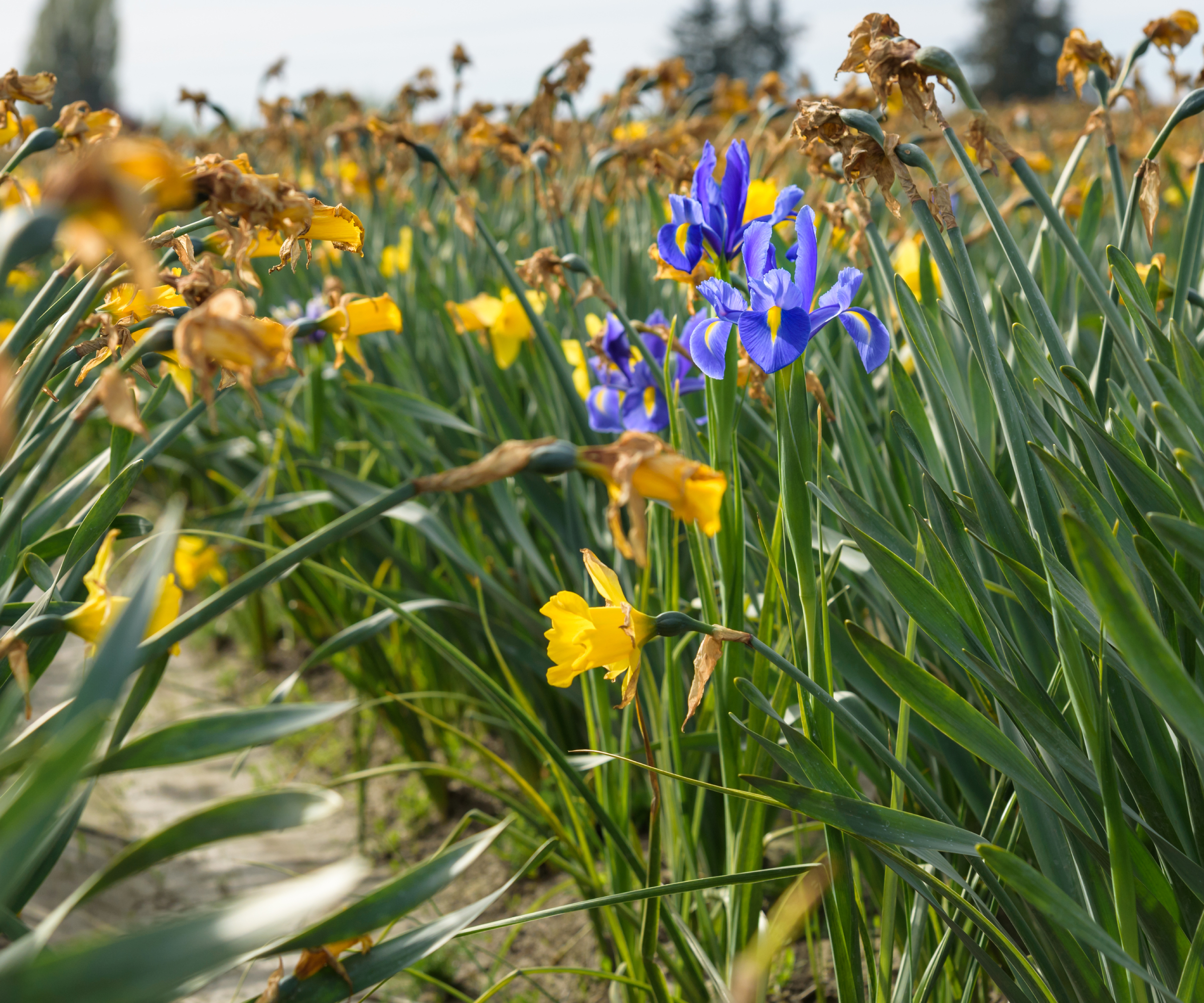
Daffodil bulbs, with their cheerful yellow blooms, provide characteristic early spring color. Like irises, they grow well in full or partial sun and slightly acidic soil that drains well. Plant bulbs in the fall, about two to four weeks before the ground freezes in USDA zones 3 through 9. Your chosen varieties of daffodils will bloom early, before irises, and possibly with a little overlap.
2. Allium (Allium spp.)
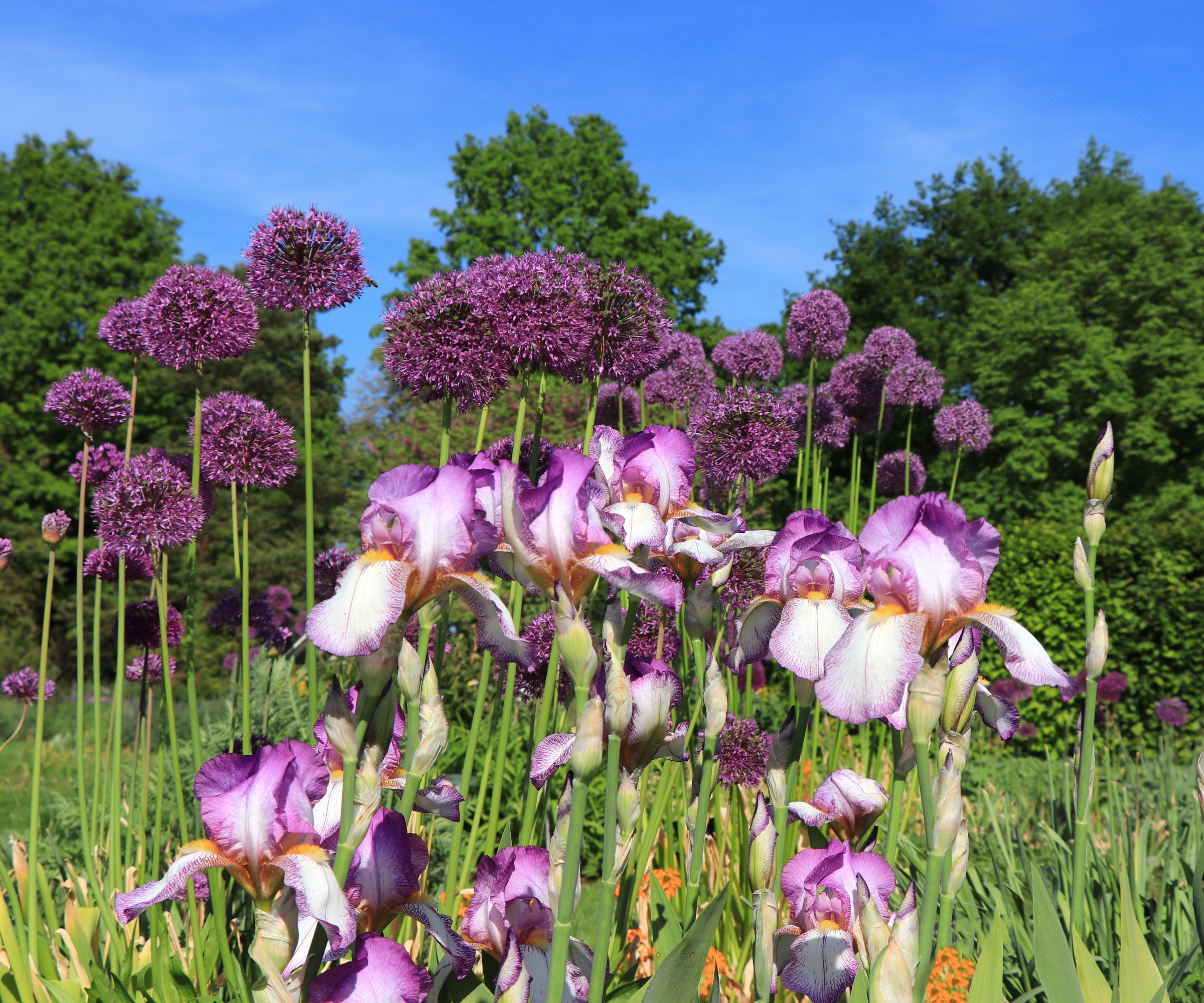
Allium species are ornamental onions with pretty, perfectly round flower clusters held on high, sturdy stems. They are striking in perennial beds and overlap with iris blooms. Growing alliums provides an interesting contrast of shapes when paired with irises. Plant allium bulbs in fall for late spring and early summer blooms. They like full sun and well-drained soil. You can grow allium in USDA zones 4 through 9.
3. Garden Phlox (Phlox paniculata)
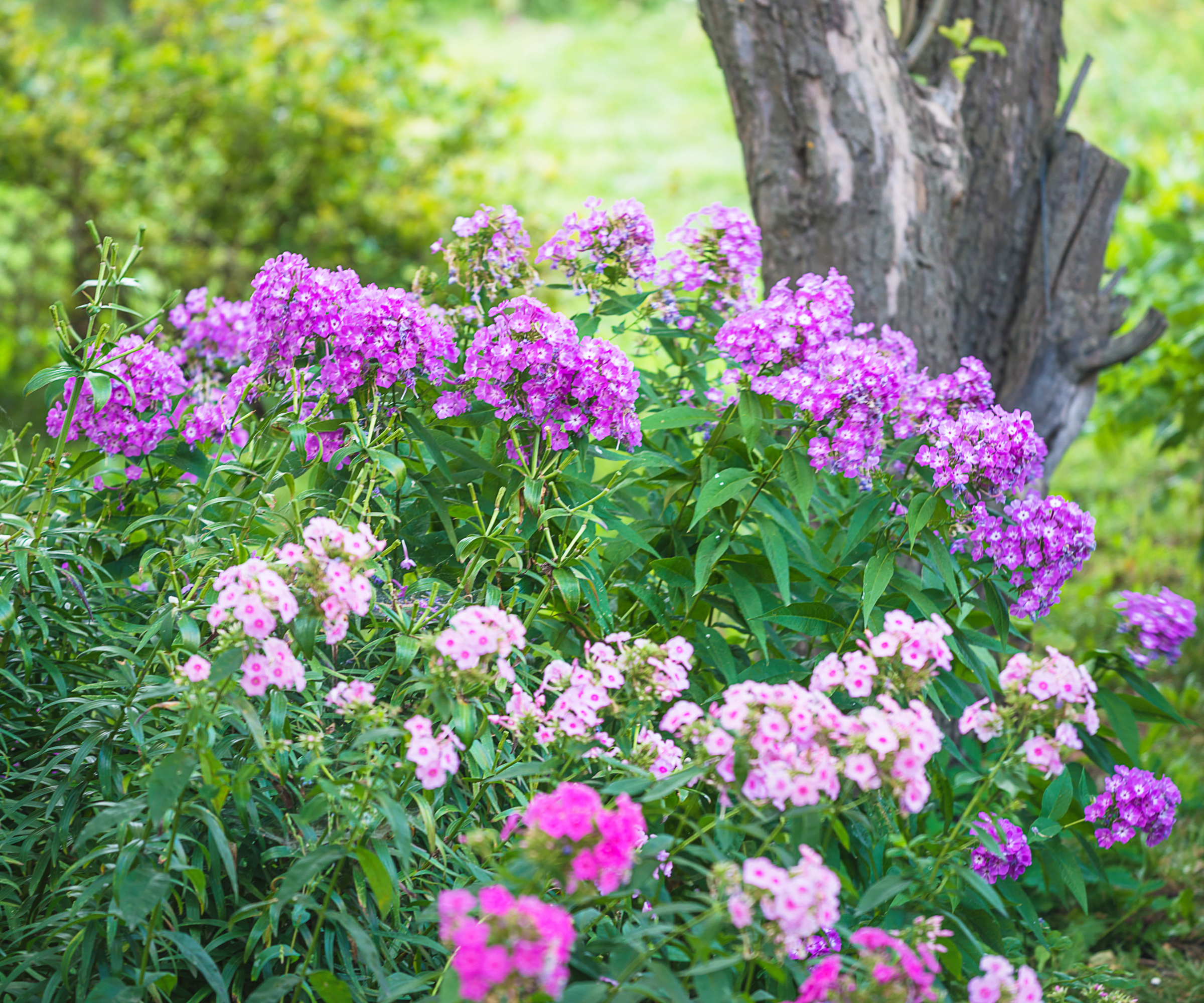
Garden phlox is popular for its tall growth and long period of blooming from summer and well into fall. This is a great choice for lasting color after irises fade. Garden phlox grows from two to four feet (.60 to 1.2 m) tall. It grows best in full sun but will tolerate some shade. With garden phlox, you’ll have your choice of colors: purple, orange, red, magenta, and even bicolor types.
4. Black-Eyed Susan (Rudbeckia hirta)
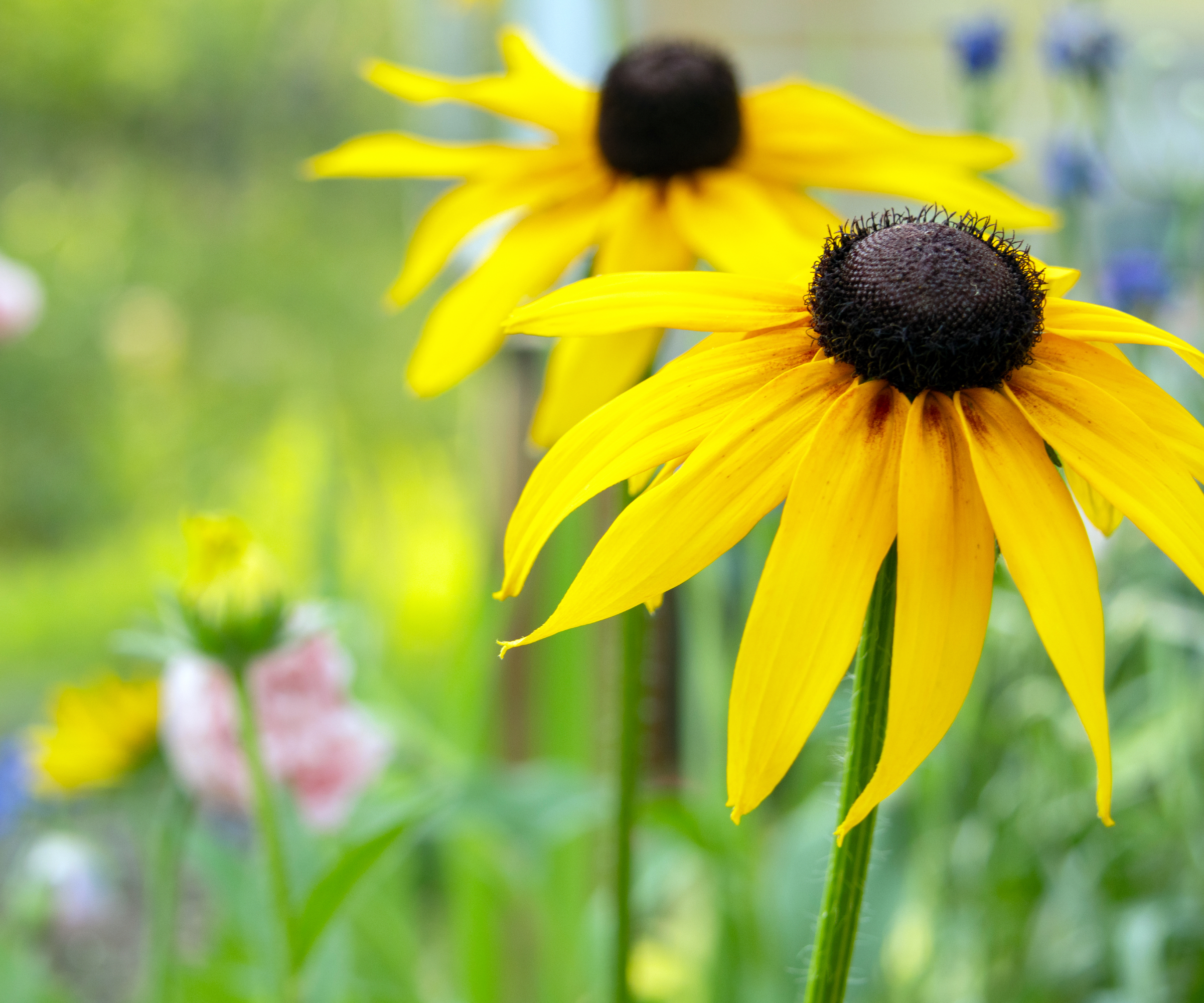
Black-eyed Susan is a classic summer wildflower and native species in North America. It will bloom after the irises fade, making it a great iris companion plant. Like irises, it prefers moist soil that drains well and is best grown in full sun. Black-eyed Susan is suitable for gardens in USDA zones 3 through 8.
Sign up for the Gardening Know How newsletter today and receive a free copy of our e-book "How to Grow Delicious Tomatoes".
5. Sedum (Sedum spp.)

Sedum is a large genus of plants, also known as stonecrop, including some North American native species. Sedum plants follow irises with disc-shaped clusters of small flowers that bloom through the summer and turn deeper shades in fall. They also offer interesting, fleshy foliage that complements the long spikes of iris plants. You can find low-growing species that act as groundcover and taller, upright types. Make sure the species you choose grows well in the same conditions as your irises.
6. Salvia (Salvia spp.)
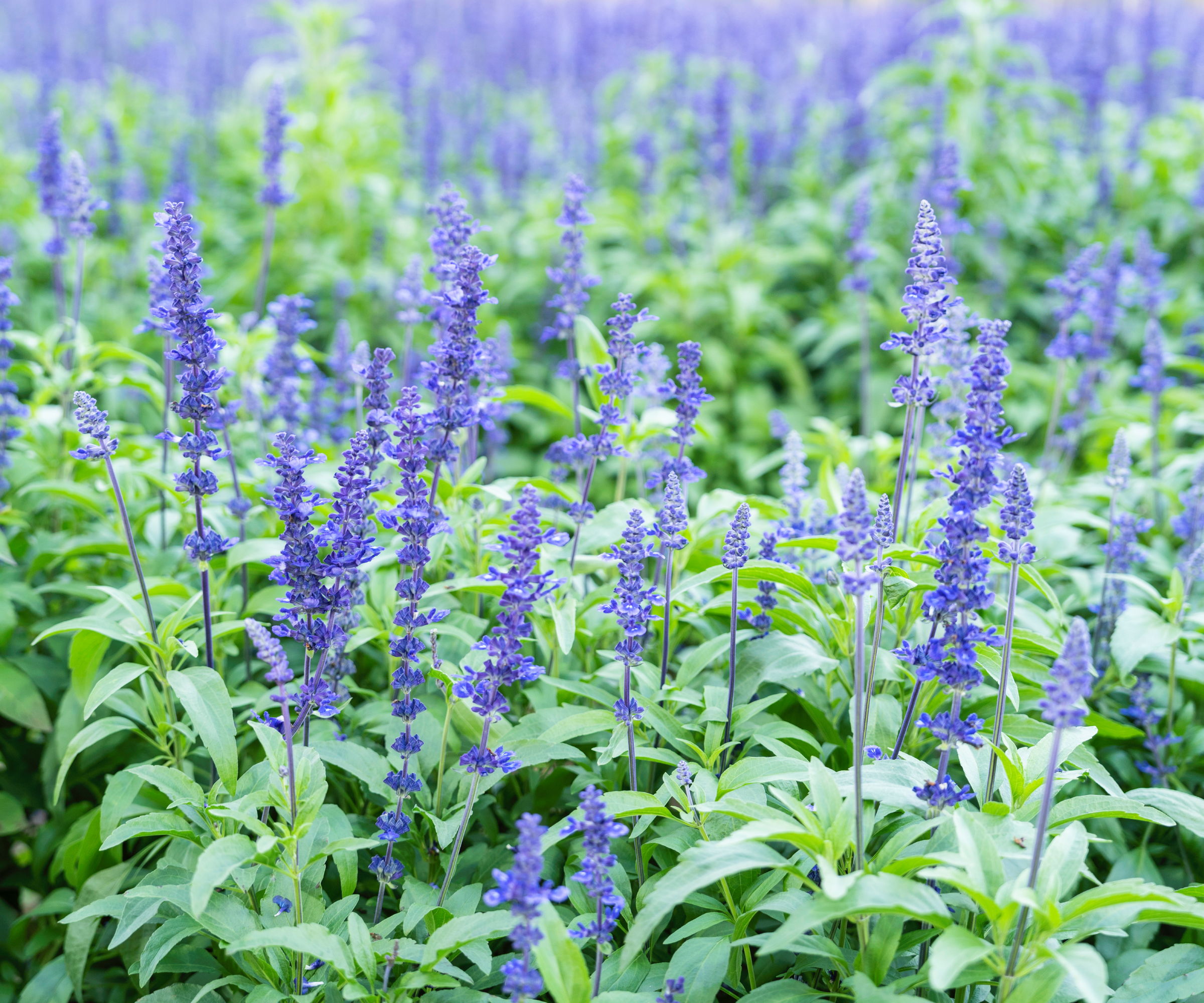
Salvia plants are perennial flowers suitable for USDA zones 5 through 10. It is known for its pretty flower spikes that bloom in late spring, summer, and fall. You can get some overlap with irises as well as extended flowering. Salvia needs full sun and likes slightly acidic soil that drains well.
7. Annuals
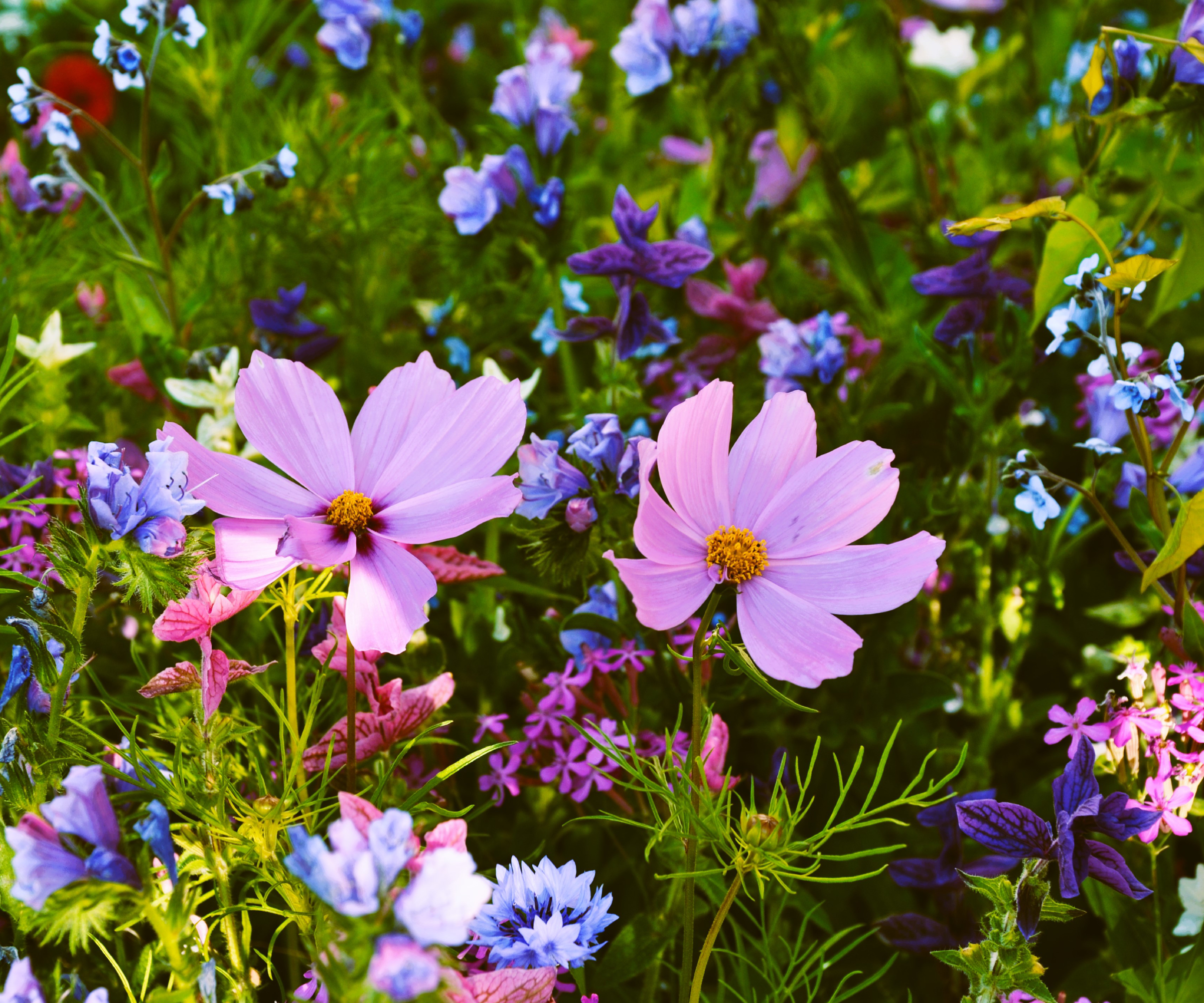
Another great option for companion planting with irises is one or more annuals. Some annual flowers will bloom all summer long, from the time you plant them until the weather gets too cold in fall. Some examples of annuals that will grow in the same conditions as irises include petunias, cosmos, marigolds, and zinnias.
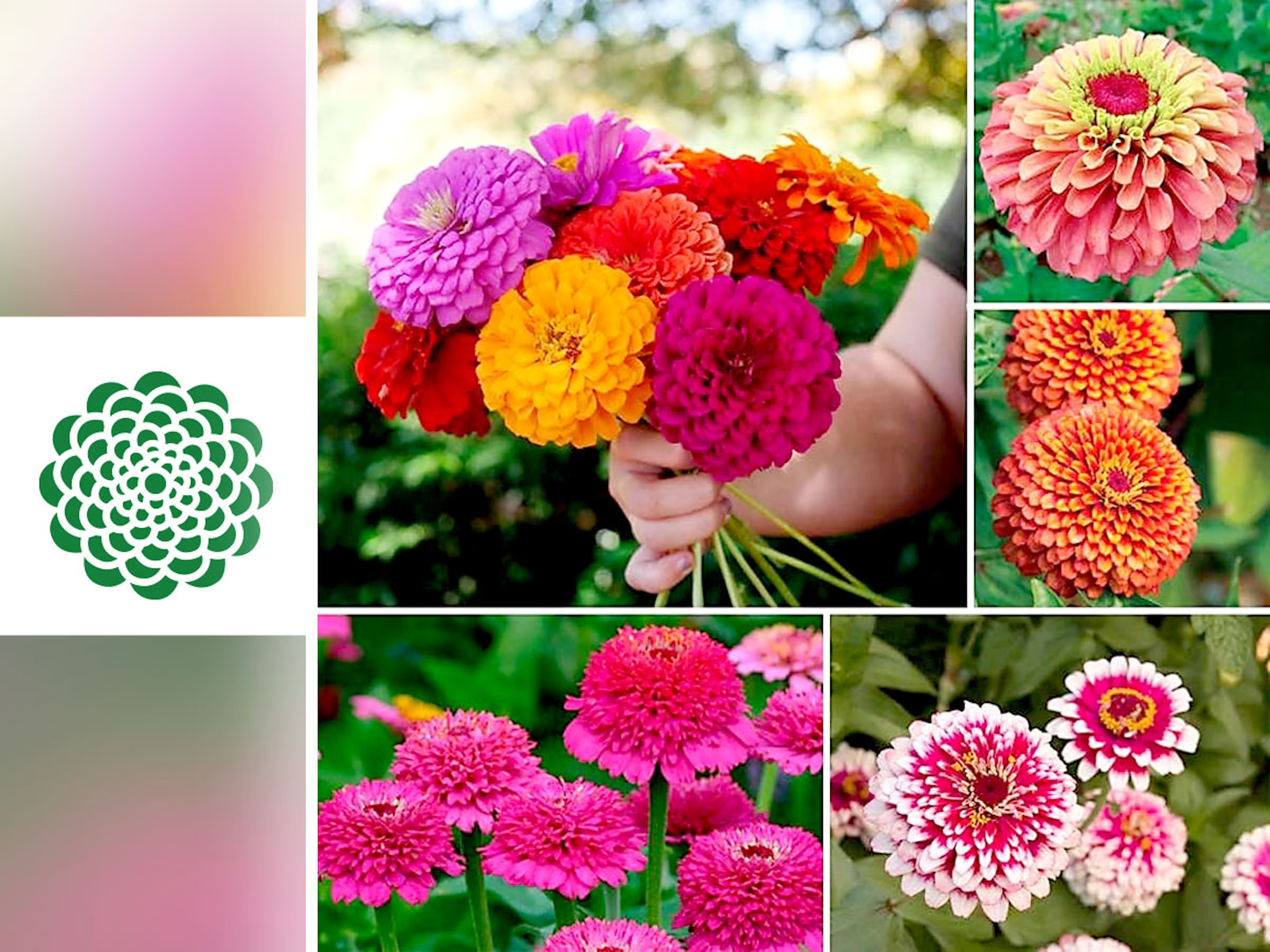
Gorgeous and vibrant zinnias that will pair well with your irises and are perfect for your cutting garden. Get growing with the Gardening Know How Shop.
Frequently Asked Questions
What Perennials Go Well With Iris?
Several perennials grow well in beds with irises, including salvia, black-eyed Susan, phlox, sedum, daylilies, foxglove, yarrow, and hyssop.
Can You Plant Iris And Lily Together?
Daylilies are good companions for irises because they both prefer full sun and acidic, well-drained soil. True lilies, like stargazer or tiger lilies, also grow in similar conditions.
This article features products available from third party vendors on the Gardening Know How Shop. Keep in mind that our plant inventory is limited - so if you’re thinking of purchasing, don’t wait!

Mary Ellen Ellis has been gardening for over 20 years. With degrees in Chemistry and Biology, Mary Ellen's specialties are flowers, native plants, and herbs.